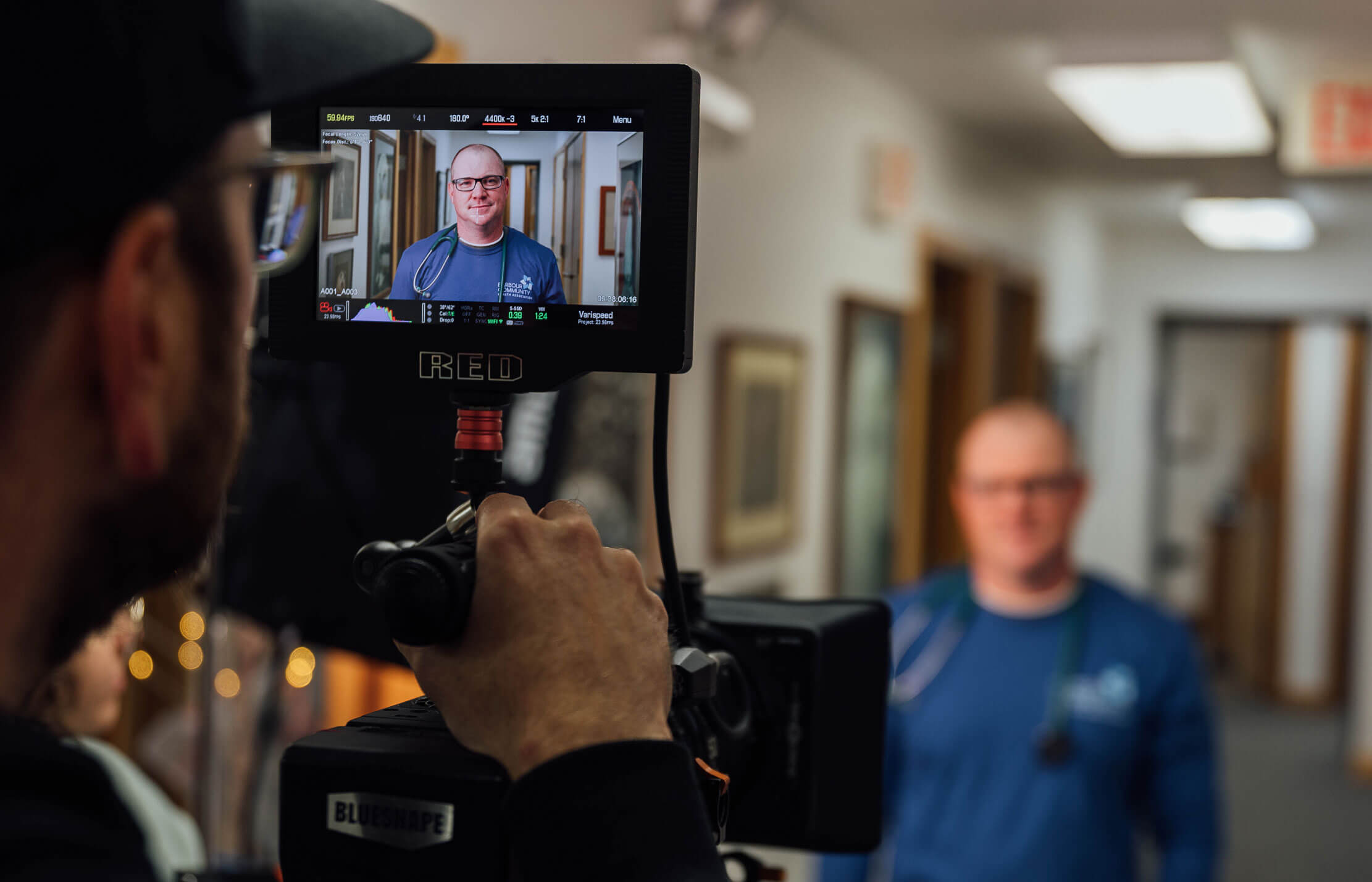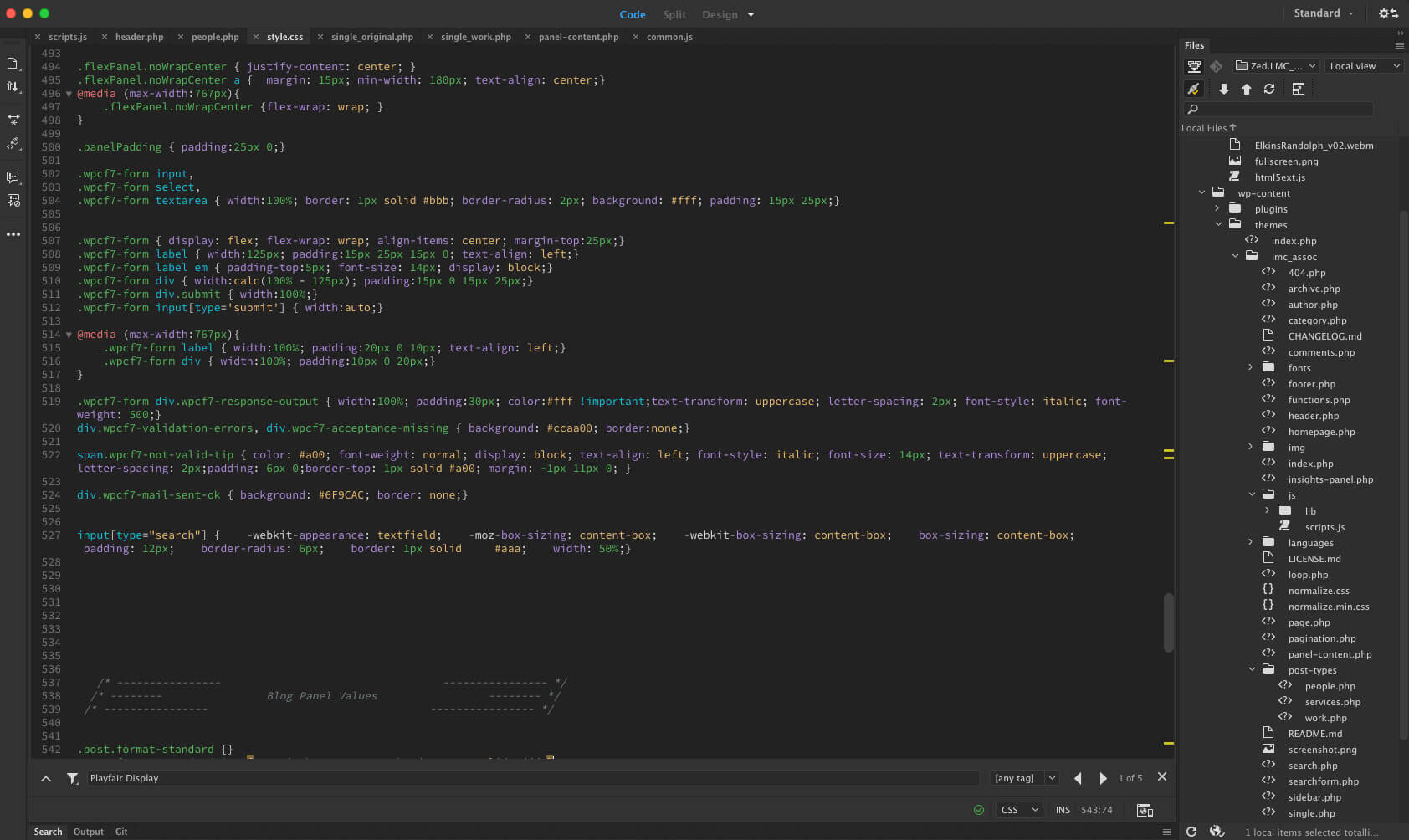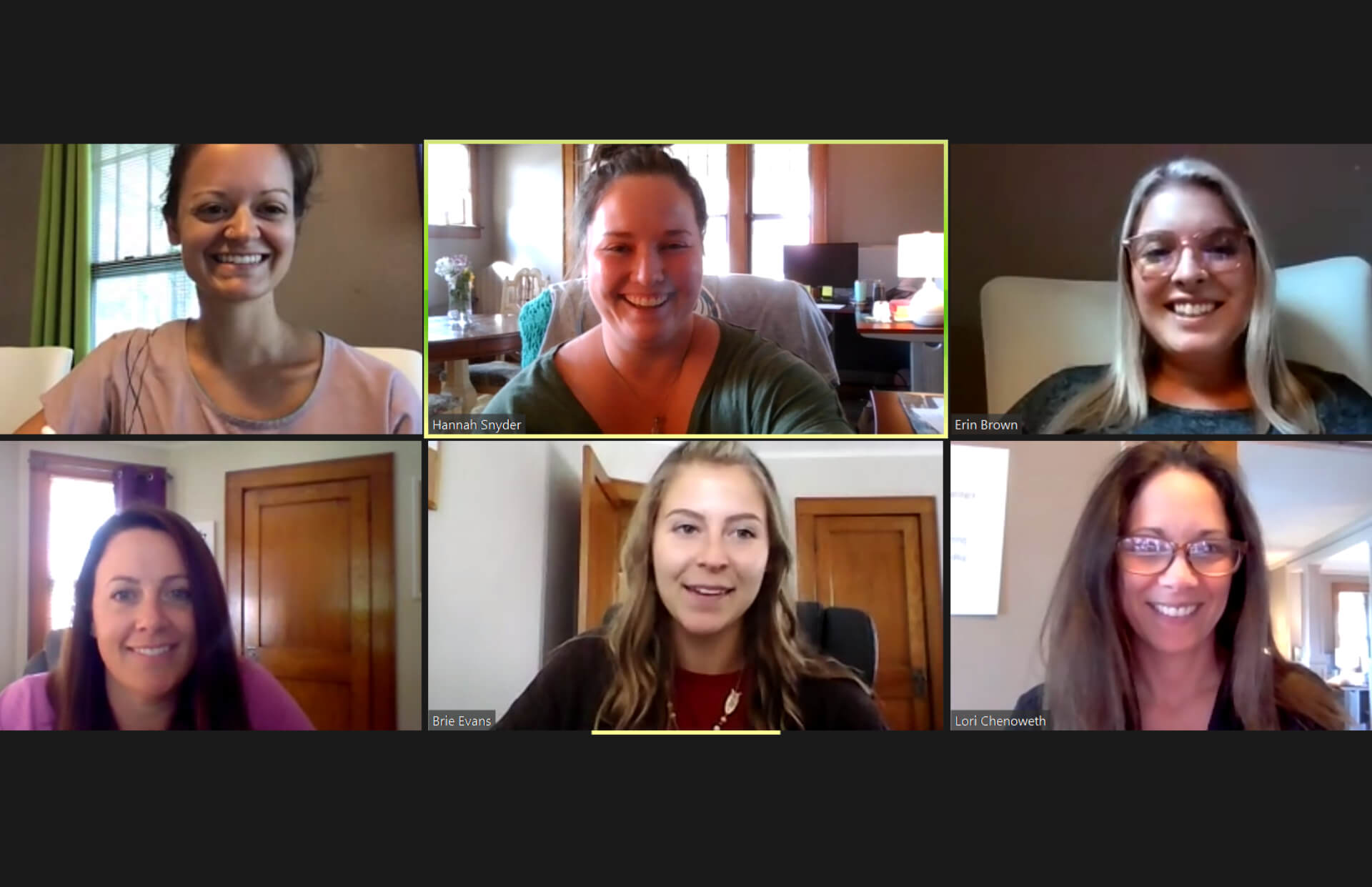
What You Need to Know Now
Rural healthcare marketing is anything but simple, and let’s face it, current times present many uncertainties — from funding to resources for services and public health education. Healthcare organizations are complex by nature. But whether you’re a small federally funded Community Health Center (CHC) or a large hospital system, the goal is the same: guide patients through their healthcare journey and keep them engaged.
Engaging patients successfully requires more than effort–it requires a clear strategy that blends traditional and digital tactics to reach the right audiences with the right message. In rural settings, such as many West Virginia communities, this can be especially challenging. Teams are juggling multiple roles, budgets are tight, and the industry is always changing. It’s no wonder marketing often feels reactive and overwhelming.
Strategy isn’t a Luxury. It’s a Leadership Tool.
A strong marketing plan empowers leadership teams to lead with confidence, communicate effectively, and maximize their resources. We’ve seen it in action through countless campaigns, research studies, strategy sessions, and conversations with rural healthcare leaders. When you have a roadmap, marketing becomes more focused, more effective, and a whole lot less stressful for everyone involved.
We’ve got insights from years of boots-on-the-ground marketing for hospital systems, CHCs, statewide public health organizations, and health associations. Keep reading to learn more about marketing insights, examples of how we’ve helped our partners streamline communications and save money (yes, you read that correctly…save money!):
The 3 Most Common Gaps We See in Rural Healthcare Marketing
1. Lack of Defined Audience Groups

Many rural healthcare organizations target the community at large, but this blanket approach can weaken your message and minimize your impact. Rural healthcare organizations can benefit from targeted messaging that resonates with specific audience segments. Define and prioritize your key audiences—patients, caregivers, funders, partners, and job seekers—each with their own needs and motivators.
Trust us… this initial effort will make all the difference.
One example of how we adapt our creative approach based on emerging audience behaviors is in our vaccination campaigns. Historically, health content, especially around child vaccinations, was targeted almost exclusively toward mothers, assuming they were the sole or primary healthcare decision makers.
Thanks to market research, we observed a shift.
Enter fathers and male caregivers into the equation, who are increasingly active participants in making healthcare decisions for their children. In response to these research findings, we’ve adjusted both visuals and messaging. For instance, in LMC’s most recent vaccination awareness campaigns, we deliberately included more photography featuring fathers holding children, attending appointments, and engaging with providers, and began writing headlines and captions that speak directly to them.
This change not only made the content feel more inclusive and relatable but also improved engagement from male caregivers, demonstrating that when you reflect your audience accurately, your message resonates more effectively.
2. Over-Reliance on Social Media Efforts

Although Facebook, Instagram, and TikTok are well-known and easy to use, relying too heavily on them can actually hurt your impact. Algorithms are always changing, and we’ve noticed a decline in organic reach across these platforms in 2025.
Launching the Barbour Community Health Association’s (BCHA) Barbour Quick Care exemplifies this perfectly. Agency LMC implemented a comprehensive, omnichannel strategy to educate and build awareness in the community about Barbour County’s first-ever urgent care program. While social media effectively promoted the initiative across BCHA’s active and engaged platforms, this diversified approach ensured patients learned about the new program, services, and offerings through multiple touchpoints, both traditional and digital, including:
- A dedicated landing page (digital hub)
- A press release in local media
- Rack cards
- Pop-up banners for waiting rooms at primary care service centers to cross-promote the new service and program
- Strategic social media content—blog article, infographic, carousel slideshow, vertical video/reel, animation, and quote overlay
- Printed flyers (various sizes) displayed in lobby areas and patient rooms
- Lobby slides and graphics in clinic waiting rooms
- Messaging on the organization’s outdoor billboard
- Window decals and signage for the service centers
Each tactic worked together to maximize awareness and drive patient engagement.

3. Inconsistent Messaging Across Departments

Let’s face it – sending mixed messages is never an ideal situation. Inconsistent messaging can tamper with the brand experience for your patients, stakeholders, and staff, leading to a lack of trust. A clear strategy provides the guardrails that unify your internal and external communications.
For Coplin Health Systems’ pharmacy delivery service launch, we equipped internal teams with a unified script and audience-specific talking points (e.g., “Enjoy free delivery on your first order,” “Our new service speeds up refill turnaround”). This alignment let us roll the service out externally with confidence—and patients got a concise, compelling message every time.
With consistent and clear messaging internally, the result was clearer communication and impactful messaging to patients.
What a Strategic Marketing Plan Should Include
A strong marketing strategy is clear and actionable. What it shouldn’t be is overly complex or difficult to implement.
Here are the key components:
- Clarity on Your Goals
Define what you are trying to achieve and why. Whether it’s staff recruitment, boosting patient visits, or increasing awareness of essential services, each goal should have its own tailored messaging and tactics. - Defined Audiences and Priorities
Get specific about your key audiences and their unique needs. Identify barriers and perceptions that need to be addressed to make your campaigns more effective. - An Actionable Roadmap
Create a simple, usable document that guides real decisions. This should be a living document that your team can refer to regularly, ensuring that everyone is aligned and moving in the same direction. - Alignment Across Teams
Ensure that your HR, outreach, clinical, and leadership teams are all aligned around the same goals and messaging. This consistency builds trust and enhances the overall brand experience.

Why a Marketing Strategy Actually Saves You Money
A strategic marketing plan isn’t just about goals, tactics, and KPIs; it’s about efficiency:
Here are the key components:
- Reduces Waste in Ad Spend
By targeting the right audience and choosing the most effective channels, you can avoid poor ROI and ensure your budget is well-spent. Our clients have seen significant reductions in wasted ad spend by focusing on the right tactics. - Streamlines Messaging Across Departments and Channels
Consistent messaging across all departments and channels saves time and reduces the risk of burnout. It ensures that your efforts are cohesive and effective. - Helps with Reporting by Giving You Clear Goals and Metrics to Track
Defined goals and KPIs make it easier to track progress, adjust tactics, and demonstrate marketing’s impact to stakeholders and boards. Agency LMC’s Strategy Sessions help set these measurable goals, making reporting more straightforward and impactful.
With a strategic media plan in place, every ad opportunity is measured against your defined goals, target audience, and budget—eliminating the uncertainty that comes with one-off pitches. This approach streamlines decision-making, redirects funds away from low-impact “maybe” buys, and ensures every dollar is invested in channels proven to deliver results. The result is smarter spending, greater efficiency, and the confidence to reject ill-fitting offers without hesitation.
How to Know When It’s Time for a Reset
If your marketing efforts feel reactive rather than proactive, you’re using outdated templates, or if no one can clearly explain the ‘why’ behind your current efforts, it might be time for a reset. Other red flags include fragmented or inconsistent messages and a lack of a larger plan beyond social media. A strategic reset can help you realign your efforts and achieve better outcomes.
“We’ve found that when rural healthcare organizations have a strategic marketing plan in place, it empowers leadership teams to lead with confidence, communicate with clarity, and make the most of their resources. It’s truly a win-win since a solid plan sets the foundation for consistent, compelling messaging and better outcomes for your staff, patients, and organization.”
– Lori Chenoweth, Vision & Strategy Director at Agency LMC
Next Steps for Your Strategic Marketing Plan
Funding, staffing, and community needs are constantly changing. Now, more than ever, having a strategic marketing plan is essential. If you’re ready to evaluate and build (or rebuild) a marketing plan that reflects your mission and community, we can help!
Let’s talk about your company’s marketing strategy–contact us today!

How We Build Websites
We build websites to be proud of. These aren’t your typical template, cookie-cutter, or DIY websites. Your business is unique and your website should be too. That’s why we build custom websites, from the ground up.
Read More
Adapting Our Practices During a Pandemic
The uncertainty of COVID-19, paired with the unforeseen challenges of owning/operating a business is enough to make anyone panic. Times are different, and it's only natural that the marketing and advertising atmosphere has shifted as well.
Read More
Behind the Strategy: Barbour Behavioral Health
To showcase BCHA's rapidly expanding behavioral health department, we developed an integrated video campaign to spread the word about these specialized services now available in the community.
Read More

